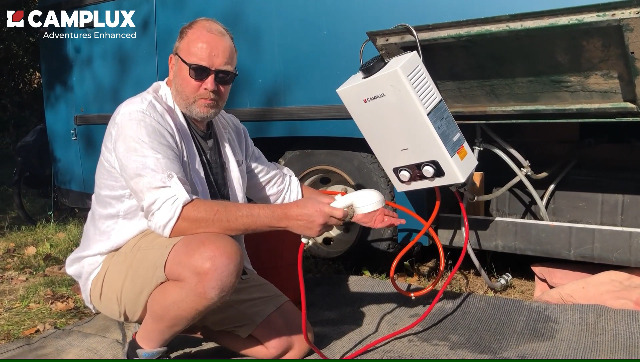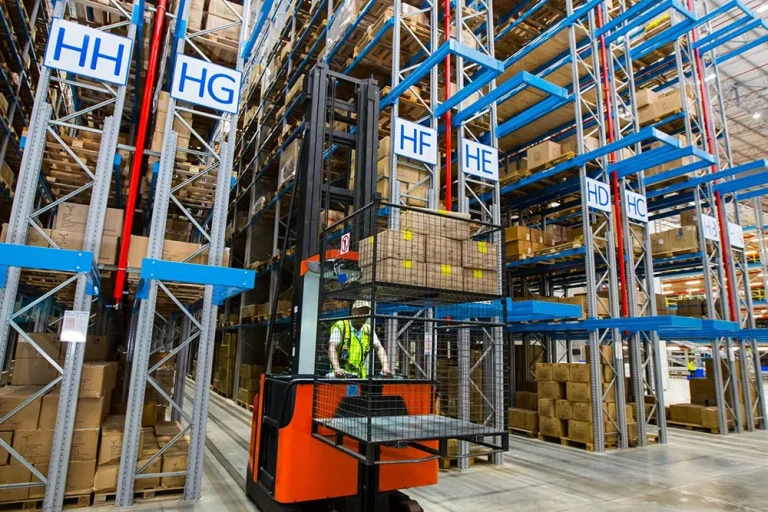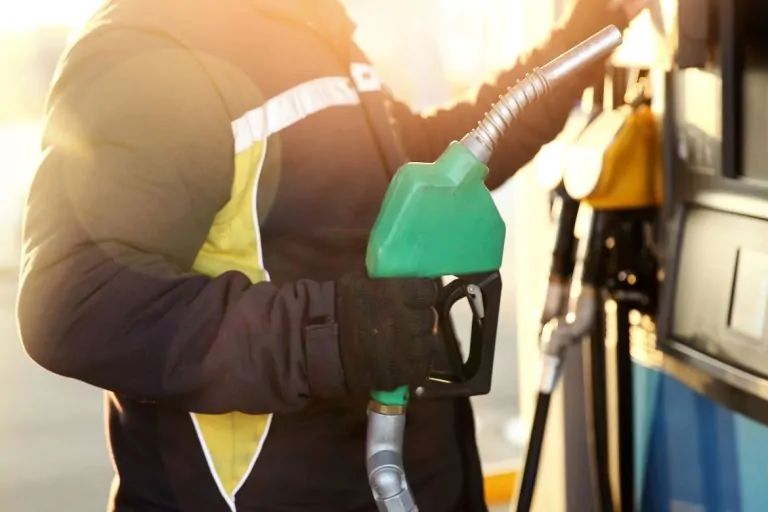Tankless Water Heaters: Why They’re a Smart Choice for Modern Homes
A tankless water heater is a revolutionary solution for homeowners looking for an efficient, space-saving, and cost-effective way to heat water. Unlike traditional storage water heaters that maintain a constant supply of hot water, tankless models provide hot water on demand, reducing energy consumption and eliminating standby heat loss.
If you are considering an upgrade, investing in a tankless water heater can significantly enhance your home’s energy efficiency while providing unlimited hot water whenever needed. This modern heating solution is ideal for homes of all sizes, offering both convenience and savings over time.
1. How Tankless Water Heaters Work
Unlike conventional water heaters that store and heat a specific amount of water in a tank, tankless units operate differently. When you turn on a hot water tap, cold water flows through a heat exchanger, where it is instantly heated using gas or electricity. This on-demand heating system eliminates the need for a storage tank and ensures you never run out of hot water.
Key Components of a Tankless Water Heater
- Heat Exchanger – The primary component that heats the water as it flows through the system.
- Burner (Gas Models) or Heating Element (Electric Models) – The source of heat that warms the water.
- Flow Sensor – Detects water flow and activates the heating process.
- Temperature Control – Allows you to set and maintain your desired water temperature.
2. Benefits of a Tankless Water Heater
1. Energy Efficiency and Cost Savings
Traditional water heaters keep a tank full of hot water at all times, consuming energy even when not in use. In contrast, tankless water heaters only heat water when needed, reducing energy waste. According to energy studies, switching to a tankless model can lower water heating costs by up to 30%.
2. Unlimited Hot Water Supply
One of the biggest advantages of a tankless system is that it provides an uninterrupted supply of hot water. Whether you are taking multiple showers, running the dishwasher, or doing laundry, you won’t have to worry about running out of hot water.
3. Space-Saving Design
Tankless water heaters are compact and can be mounted on a wall, freeing up valuable floor space. This makes them ideal for small homes, apartments, and even outdoor installations.
4. Longer Lifespan
A traditional water heater typically lasts 8 to 12 years, while a tankless unit can last 20 years or more with proper maintenance. This extended lifespan makes tankless heaters a smart long-term investment.
5. Reduced Risk of Water Damage
Since tankless water heaters do not store large amounts of water, the risk of leaks and water damage is significantly lower compared to storage tank models. This added security can help prevent costly home repairs.
3. Choosing the Right Tankless Water Heater
When selecting a tankless water heater for your home, consider the following factors:
1. Fuel Type
Tankless water heaters are available in gas and electric models.
- Gas-powered units heat water faster and are ideal for larger households.
- Electric models are more energy-efficient but may require additional electrical capacity for high-demand use.
2. Flow Rate
The flow rate, measured in gallons per minute (GPM), determines how much hot water the unit can provide at once. A typical household may require a 5-7 GPM unit to handle simultaneous hot water use.
3. Climate Considerations
In colder regions, incoming water temperatures are lower, which may require a more powerful heater to reach the desired temperature. Ensure the model you choose is suited for your local climate.
4. Installation Location
Tankless water heaters can be installed indoors or outdoors.
- Indoor models require ventilation to remove exhaust gases.
- Outdoor models are designed to withstand the elements and free up indoor space.
4. Installation and Maintenance
Professional Installation
Installing a tankless water heater involves electrical and plumbing work, making professional installation highly recommended. Proper sizing, ventilation (for gas models), and water pressure adjustments are crucial for optimal performance.
Routine Maintenance
Regular maintenance ensures efficiency and extends the unit’s lifespan. Key maintenance tasks include:
- Flushing the System – Hard water can cause mineral buildup, affecting performance. Flushing the heater with a vinegar solution every 6-12 months helps prevent scaling.
- Cleaning the Filter – Most units have a small filter that traps debris. Checking and cleaning it regularly improves water flow.
- Inspecting Gas Lines and Venting – For gas models, ensuring proper ventilation and checking for leaks is essential for safety.
5. Common Myths About Tankless Water Heaters
Myth 1: They Provide Instant Hot Water
While tankless units heat water quickly, there may be a slight delay in hot water reaching the tap, especially if the heater is installed far from the faucet. Installing a recirculation system can minimize this delay.
Myth 2: They Are Too Expensive
While the initial cost of a tankless water heater is higher than a traditional model, the long-term energy savings, durability, and lower maintenance costs make them a cost-effective choice.
Myth 3: They Can’t Supply Enough Hot Water
A properly sized tankless water heater can meet the needs of an entire household. Choosing a unit with the right flow rate ensures sufficient hot water for multiple uses simultaneously.
Conclusion
A tankless water heater is a modern, energy-efficient solution for providing hot water on demand. With benefits such as lower energy bills, a space-saving design, and a longer lifespan, it is a worthwhile investment for any homeowner. Whether upgrading from a traditional storage heater or installing a new system, choosing the right model and maintaining it properly will ensure reliable performance for years to come.






